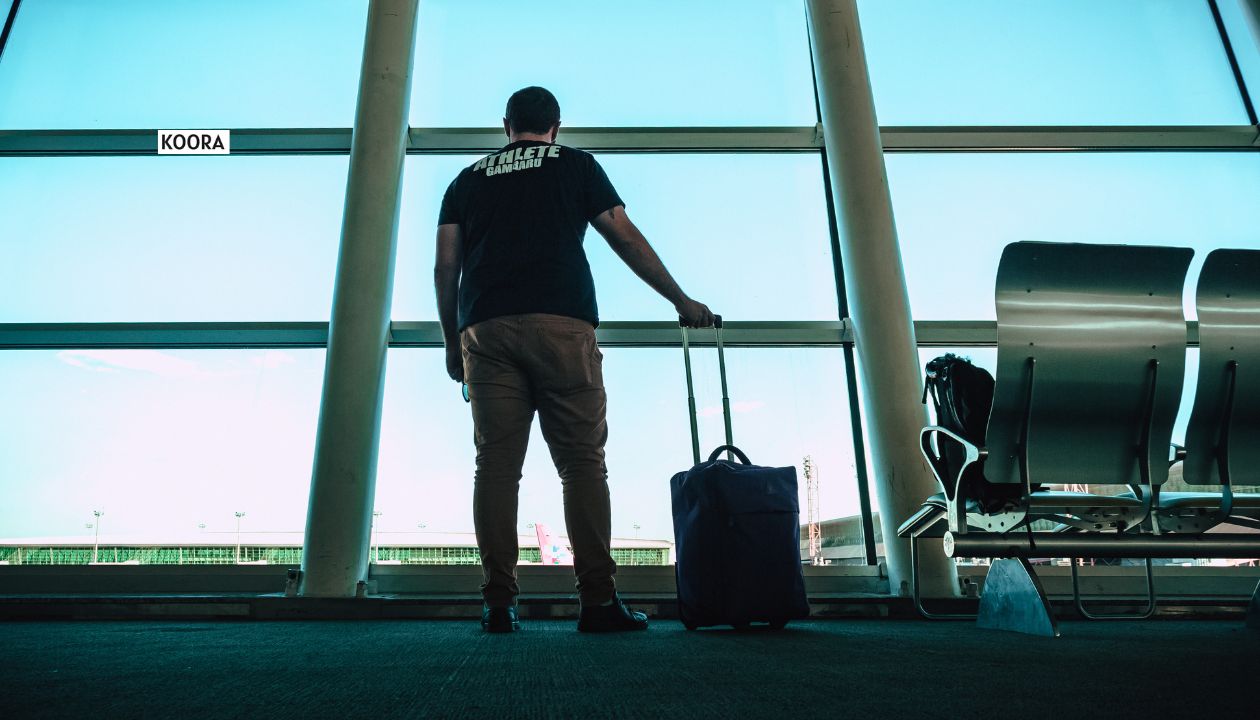
The Rise of Circular Travel Gear: Luggage Designed to Be Reused and Recycled
In 2025, sustainability isn’t a side note—it’s a serious priority for travellers around the world. As climate concerns grow and conscious consumerism rises, the travel industry is undergoing a meaningful transformation. And right at the heart of this change is your suitcase.

Welcome to the era of circular travel gear—a smarter, greener way to pack. More than just trendy or eco-marketed, circular luggage is changing the game by prioritising durability, repairability, and recyclability. Rather than contributing to landfill waste, it’s designed to stay in use longer and be reabsorbed into the system when its life ends.
This shift toward circular design is helping reduce the environmental impact of travel without compromising on function, style, or innovation.
What Exactly Is Circular Travel Gear?
Rather than the linear path conventional luggage takes from creation to disposal, circular travel gear is integrated into a closed system. Parts of the luggage are made with recycled or renewable substances, constructed so they can be easily repaired when necessary, and ultimately completely recycled or upcycled at the end of their life.
Such a design encourages the circular economy. a framework in which reductions in waste, reuse of existing materials, and early attention to final use are emphasised.
In this way, products that use a circular design either remain in use after repair or are disassembled for use in future manufacturing. This practice is marked by greater intelligence, higher efficiency, and much greater sustainability.
Why Travel Needs a Circular Shift
Let’s face it: travel can be wasteful. The travel industry’s use of single-use water bottles, plastic-wrapped airline meals, and low-quality luggage that quickly breaks makes it a big contributor to environmental waste.
Many types of luggage today are not made with durability in mind. A lot of brands selling budget suitcases use inexpensive plastics or synthetic materials. They look nice in the shop, but a cracked shell, a broken zipper, or a jammed wheel usually means they are no longer useful. Most of these broken items do not get recycled and are eventually discarded, so they add to the growing amount of waste that does not decompose.
Choosing a circular gear helps resolve a number of these common issues. When luggage is designed for repair, you won’t need to buy a new one every few years. Also, when its lifecycle ends, you are sure that it will be used again.
What Makes Luggage Circular?
The best circular luggage brands incorporate a few key design principles:
Recycled or Sustainable Materials: Circular gear is focused on the ethical and sustainable use of different materials. Consequently, circular gear is produced using recycled plastic bottles (RPET), reusable plastic from the ocean, recycled aluminium, and materials made from plants or nature, rather than usual virgin plastics or hazardous synthetics.
Durable, Long-Lasting Construction: Products engineered to have a long lifespan are, by nature, more sustainable. A circular suitcase usually features top-quality zippers, is finished to resist weather, has tough seams, and comes with robust wheels for travel. Circular luggage resists normal wear, but more importantly, it is designed to travel many times.
Repairable and Modular Parts: A major advancement in circular design is the production of luggage systems that allow for disassembly, simple repairs, and upgrades. Replacement options are available for things such as zippers, wheels, handles, and interior elements. Affordable repair options and simple fix-it kits are offered by some brands so suitcases can be mended and extended, rather than thrown away.
Designed for Disassembly and Recycling: Making circular luggage from recycled components is only part of the story—it is also specifically built to be recycled. In other words, disassembling the bag is easy because glue isn’t used, and you will receive clear directions on how to handle the bag when it cannot be used anymore. A few companies provide return services that ensure your discarded suitcase is recycled correctly.
Circular Luggage in Action: Koora
One of the most innovative names in this space is Koora, a sustainable luggage brand that’s built its entire model around circular principles.
Koora’s carry-ons are made from 100% recycled plastic. But it’s what happens after you buy that makes them truly stand out. Every Koora bag is built with modular parts, so if you have received a defective piece where with wheel gets stuck or a handle wears out, you can replace it.
In an industry dominated by fast fashion-style gear, Koora proves that sustainable doesn’t mean boring. Their designs are sleek, their components strong, and their ethos clear: buy better, use longer, waste nothing.
How to Spot Circular Travel Gear
Shopping for circular luggage isn’t always straightforward, but here are a few things to look for:
-
Material transparency: Brands should tell you exactly what their luggage is made from and where those materials come from.
-
Modularity: Look for bags with parts that are clearly designed to be replaced or upgraded.
-
Repair support: A circular brand will offer repairs or sell spare parts.
-
End-of-life guidance: Whether it’s a recycling program or a buy-back scheme, companies should have a plan for what happens to your luggage after it's done.
-
Minimal packaging: Circular thinking starts even before your gear reaches your door. Brands that use recyclable or compostable packaging are thinking holistically.
The Future Is Circular—and It’s Already Here
As more travellers embrace eco-conscious values, circular travel gear is gaining momentum. It’s not just niche anymore. Established companies are starting to adopt circular principles, while innovative startups like Koora are setting new standards for what travel gear can and should be.
In the coming years, we can expect to see:
-
More airlines are partnering with circular brands for loyalty perks or in-flight promotions
-
Luggage subscription or rental models to reduce production
-
Easier access to repair services in airports and train stations
-
Expansion of product-as-a-service models where you pay to use, not own, gear
-
Tighter regulations on product lifespan, pushing brands toward circular compliance
All of these point to a big shift in how we consume and travel.
Final Thoughts: A Better Way to Pack
Making circular travel gear choices is about more than your own routine; it’s connected to a global movement. When you pick durable, recyclable, and repairable luggage, you help micro to macro waste management, which supports brands looking to make travel more sustainable.
We ought to shift our attention from low cost to the quality and expected longevity of the travel gear. Because real travel doesn’t end when your flight lands. It continues every time you unpack, reuse, and repack gear that respects both the planet and your journey



Leave a comment
This site is protected by hCaptcha and the hCaptcha Privacy Policy and Terms of Service apply.